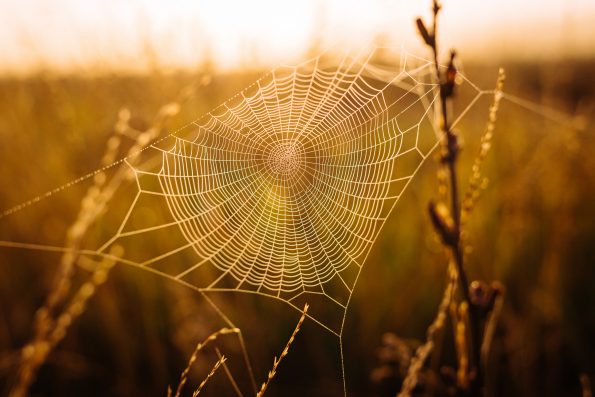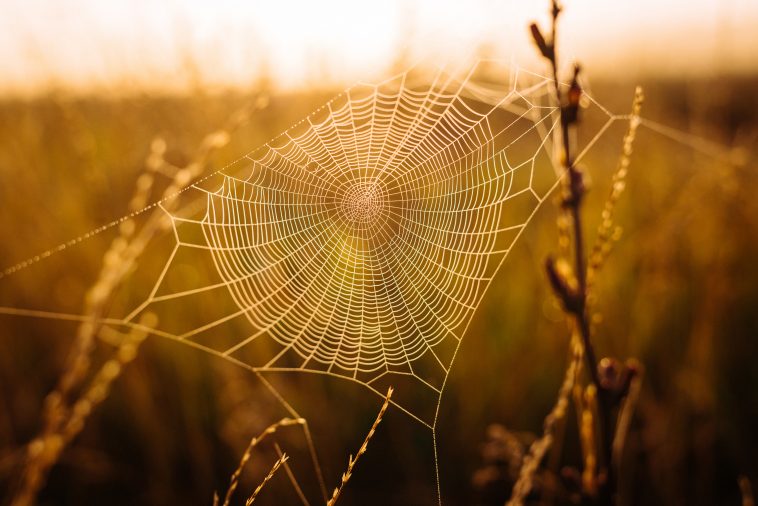The silken webs that spiders weave are meant to capture flies and other insects. But it turns out their webs can also trap tiny bits of DNA from the surrounding environment, which can be used to measure biodiversity and learn more about wildlife.
In a groundbreaking study, scientists analyzed 49 spiderwebs collected from a woodland sanctuary and a zoo in Perth, Australia, identifying DNA from 93 different vertebrates, including birds, native kangaroos, koalas, captive elephants, and zebras. The research paper has been published in the journal iScience.
According to Joshua Newton, a co-author of the study and a doctoral student at the School of Molecular and Life Sciences at Curtin University near Perth, spiderwebs can serve as a useful tool for helping scientists observe what animals are in the ecosystems.
“Spiderwebs are not just beautiful; they could be our secret weapon to better understanding nature. Our study shows that these webs can help us keep tabs on different animals without disturbing them.” Newton said. “These webs, often overlooked in biodiversity studies, proved to be reservoirs of genetic information.”
He added that just the tiniest amounts of DNA are needed to pinpoint animals. The method is also quick, inexpensive, and non-invasive.
It can change the way that scientists track endangered animals and protect ecosystems. Really, the only downside is having to destroy all the spiders’ hard work.
All living creatures shed fragments of genetic material in the form of hair, dead skin cells, or bodily fluids as they move around the world.
This is known as environmental DNA or eDNA. In recent years, DNA has even been able to be detected in the air.
Techniques involving environmental DNA have already made significant strides in conservation, leading to the rediscovery of the golden mole in South Africa, a species that was feared to be extinct.

Sign up for Chip Chick’s newsletter and get stories like this delivered to your inbox.


